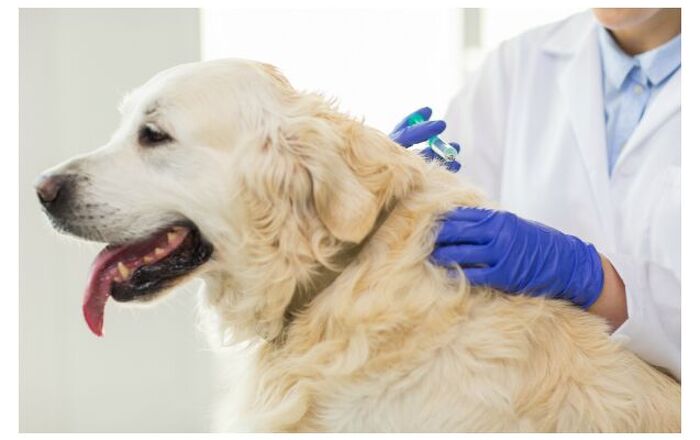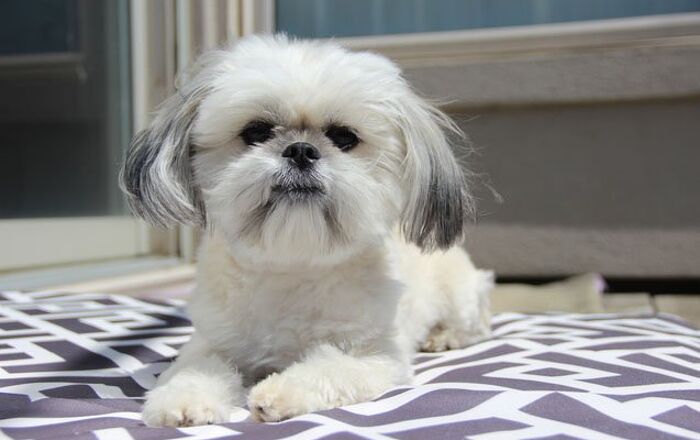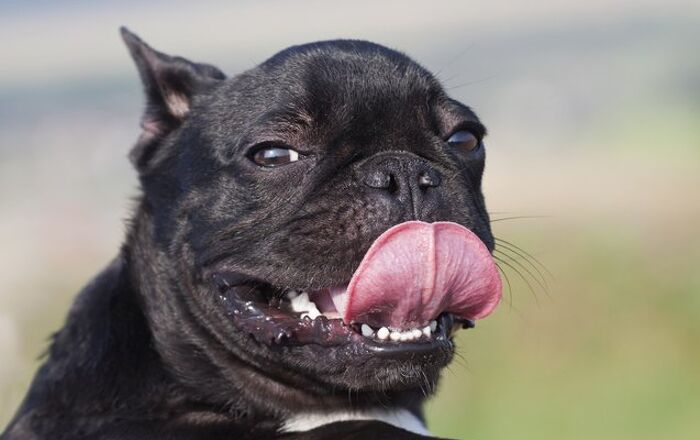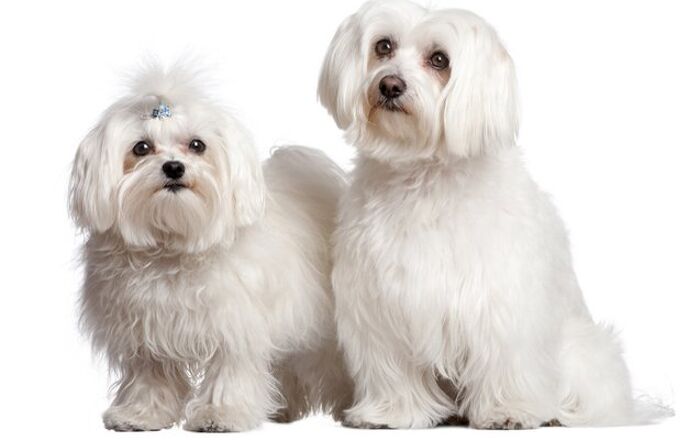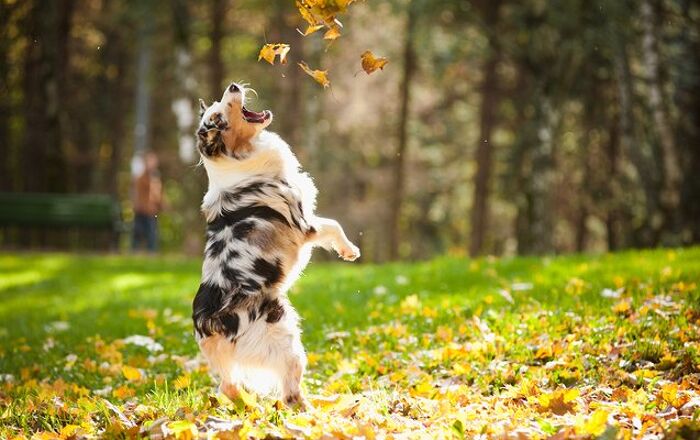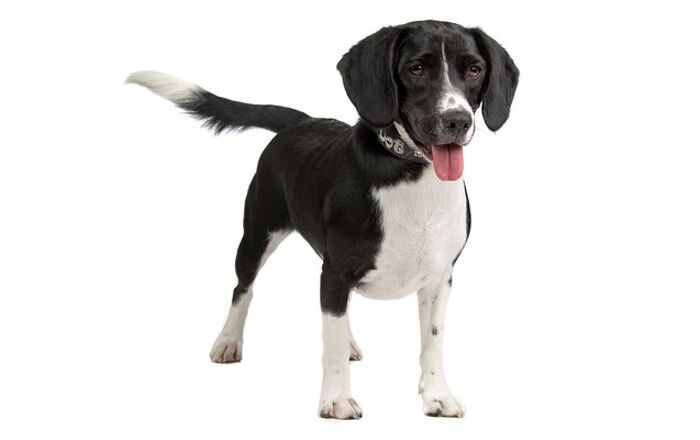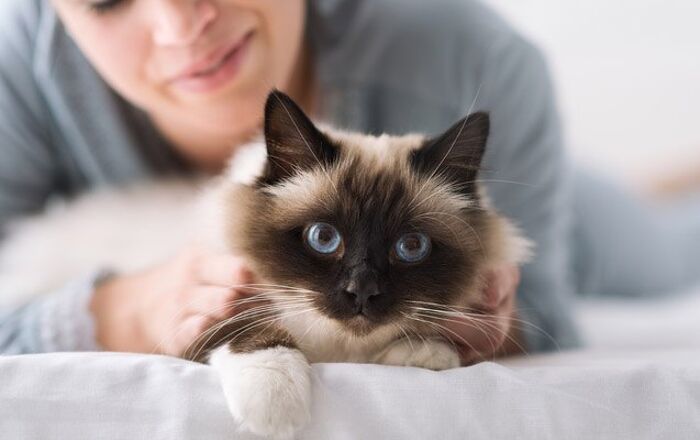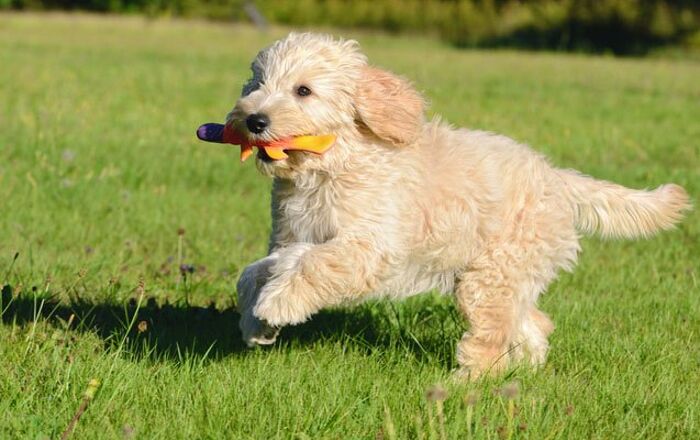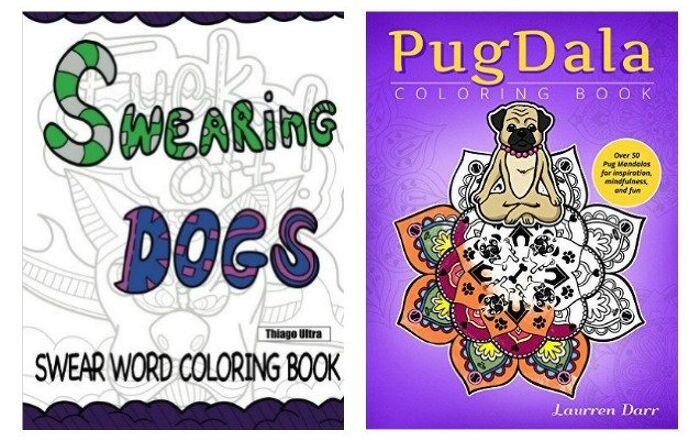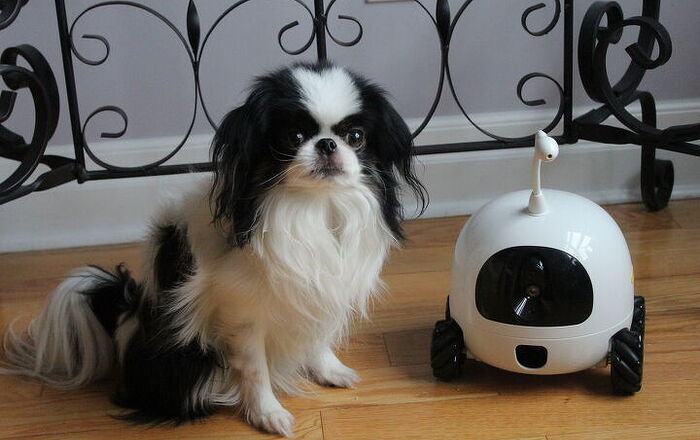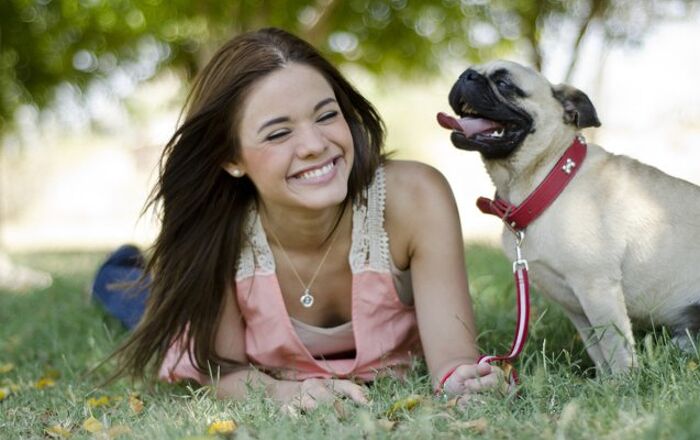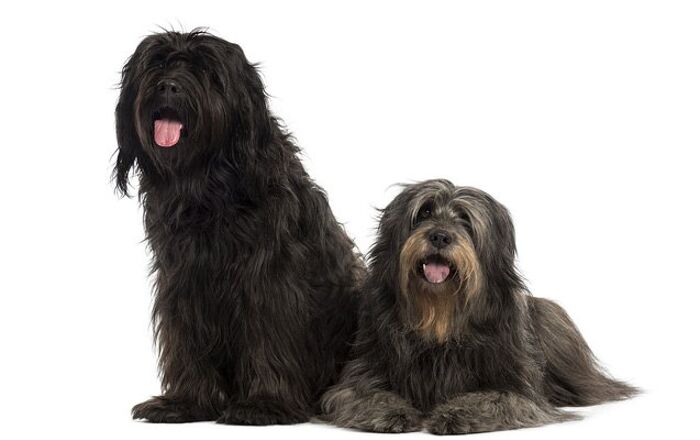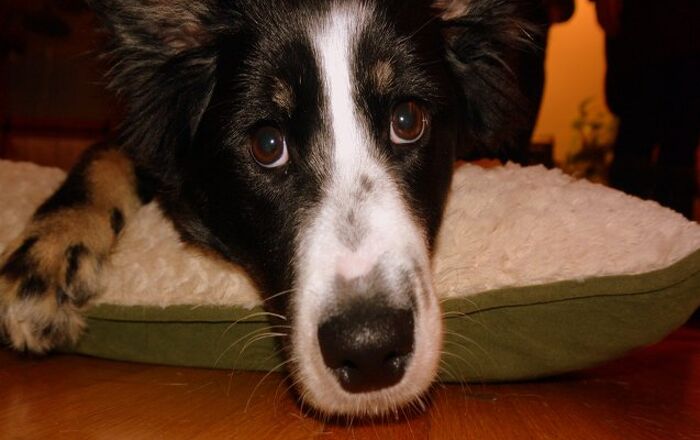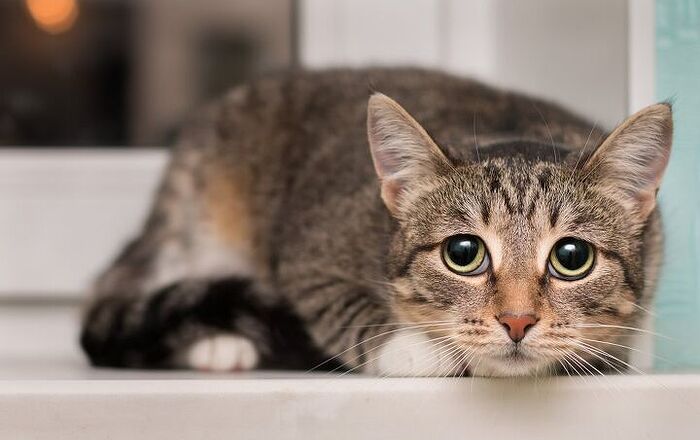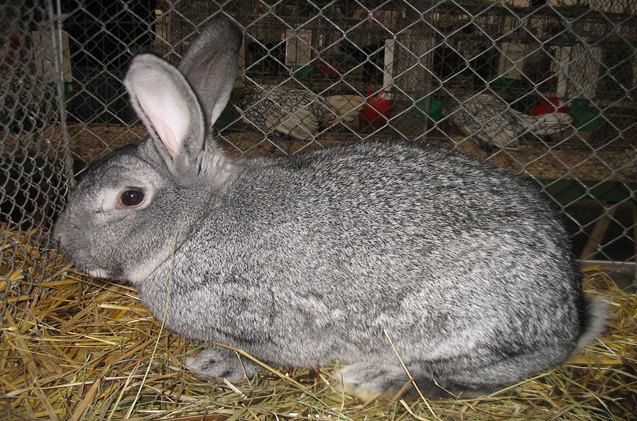
American Chinchilla Rabbit Breed History/Origin
The first American Chinchilla Rabbit was developed by French engineer M.J. Dybowski, and were first shown in April 1913 in Saint-Maur, France. Enchanted by its gorgeous coat, the new breed took the fur trade by storm. The first Chinchilla rabbits to hit the English market were in the summer of 1917 thanks to an import from a Mrs. Haidee Lucy-Hulbert of Mitcham Surrey. In 1919, a British exhibitor presented a shipment of these rabbits at the New York State Fair. The exhibitor sold his entire stock to Edward H. Stahl and Jack Harris.
American breeders set to develop this Chinchilla rabbit with a larger body (the original ones were a mere 5-7.5 lbs) in order for the breed to be meat and fur-worthy animals. Through selective breeding, the American Chinchilla Rabbit was developed, and in 1924, the American Rabbit Breeders Association (ARBA) recognized this breed.
American Chinchilla Rabbits have a soft, short, rollback coat which does not need much maintenance.
Overall Description
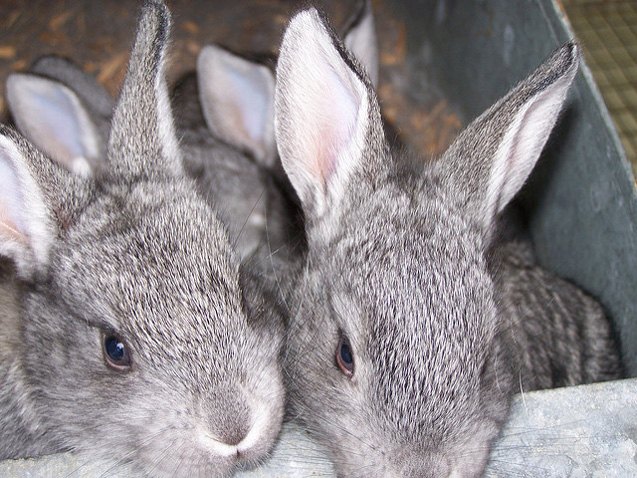
American Chinchilla Rabbit has a commercial-shaped body and weighs about 9-12 lbs once fully developed. Its commercially-shaped body is on the stocky side, as they were originally developed for their meat and fur.
Coat
American Chinchilla Rabbits have a soft, short, rollback coat which does not need much maintenance in order to keep it healthy. Most rabbits shed during the fall and spring, which means you may find more hair indoors than you usually do. Simply brush your rabbit once biweekly for a few weeks until they cease shedding so much.
Colors
There is only one color accepted by the ARBA with the American Chinchilla rabbit, and that’s the color of an actual chinchilla. The under color is dark slate blue at the base and the top edge is a darker blue with a portion of light gray in between. The slight eye circles are well defined and of a light pearl color and the underside of the tail is also white while the topside is mostly black with a few white hairs. Eye colors can be brown, blue-grey or marbled, but dark brown is preferred.
Petting your American Chinchilla Rabbit’s head, neck, back and ears is very much encouraged.
Care Requirements

The American Chinchilla Rabbit does well in indoor or outdoor enclosures so long as they are not exposed to extreme heat or cold. Outdoor enclosures should be lifted from the ground to protect them from potential predators and have a ramp to the fenced bottom so they can hop about on the grass below. Indoors rabbit cages need to be large enough so the rabbit can easily stretch out and considering the American Chinchilla’s size, it needs to be rather large, which is why this breed isn’t recommended for apartment dwellers. Enclosures should be made of wire walls and a plastic/metal bottom to hold bedding, which needs to be spot-cleaned every day and completely replaced at the end of every week.
In terms of food, the American Chinchilla’s diet does not differ from that of other rabbits. This means they need to have a diet of at least 70 percent hay (there are several available that are rabbit-safe) and the rest a healthy mix of high-quality pellets, fruits, leafy greens and vegetables. There are some fruits/vegetables/leafy greens that are better in terms of nutritional value to rabbits and others that should be avoided at all costs. Apples are a great treat, for example, but iceberg lettuce does not contain enough nutrition to be beneficial to your rabbit’s health. Always do your research on what you plan to feed to your rabbit and when in doubt, call and ask your local veterinarian.
Health
While some rabbits have health issues related to their fur, the American Chinchilla Rabbit has no such problem or any other hereditary disease. However, there are some issues pet rabbit parents need to be made of aware of so they can prevent these health problems from developing in the first place.
Rabbit teeth never stop growing and the only thing that keeps their teeth a manageable size is a diet high in hay – this is why a 70 percent hay diet is crucial. Overgrown rabbit teeth can grow into their jaws and face, and is painful. If you find less droppings in your rabbit’s cage, they are less active than usual, and aren’t eating as much, check their mouth for overgrown teeth. To deal with overgrown teeth, take them to your veterinarian for a trimming. Owners also need to check their bunny’s ears for any sign of ear mites, and outdoor rabbits need to be carefully checked for any sign of flystrike, which is an extremely painful condition that is mostly fatal.
Bucks and does can also be neutered/spayed, just like dogs and cats. Bucks can be spayed as young as 3.5 months, while does can be spayed once they are 5-6 months old.
American Chinchilla Rabbits do well in indoors or outdoor enclosures so long as they are not exposed to extreme heat or cold.
Temperament/Behavior
This breed of rabbit was developed mostly for their pelt and meat in the 1900s, consequently they are very much at ease being handled by humans. This means they also make great pets for single, couples or even seniors who would like a pet the size of a medium-sized dog but has less maintenance involved. While we don’t recommend this larger breed for families with young children, they will make for wonderful pets for families who have older children that understand how to handle a rabbit with care.
Rabbits are notoriously difficult to potty-train, but it does not mean it is impossible. In fact, many pet rabbit owners have found success with plenty of time, patience and lots of rewards. Some have gone the extra mile by placing a few litter boxes in corners of their home (instead of having just one) so their rabbit does not have to travel too far to find a litter box to do the deed. They may take longer than the average dog or cat, but rabbits are intelligent enough to understand when they are supposed to do their business in a particular area.
In terms of playtime, every rabbit takes to toys a little differently – some may be perfectly content with home-made DIY toys while others may enjoy more mentally-stimulating toys from your local pet store. Whatever it is, always make sure it is bunny-safe and won’t break apart into pieces your rabbit can accidentally swallow and hurt itself internally. Having said that, your rabbit’s personality will flourish the longer they are outside of their enclosures engaging and interacting with their human family. Petting their heads, necks, backs and ears is completely acceptable and very much encouraged. Many rabbits also enjoy having all of this done while in the comfort of your lap, just like lap dogs (but with less drool!)
Photo credit: Hagen Graebner; Christina M/Flickr; dazeyjaydesherry/Flickr


